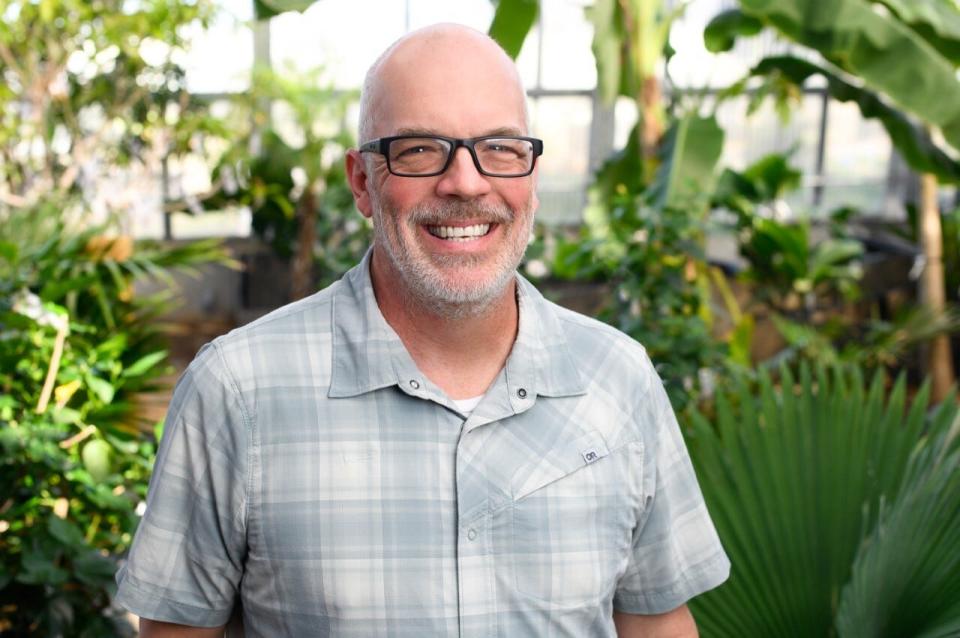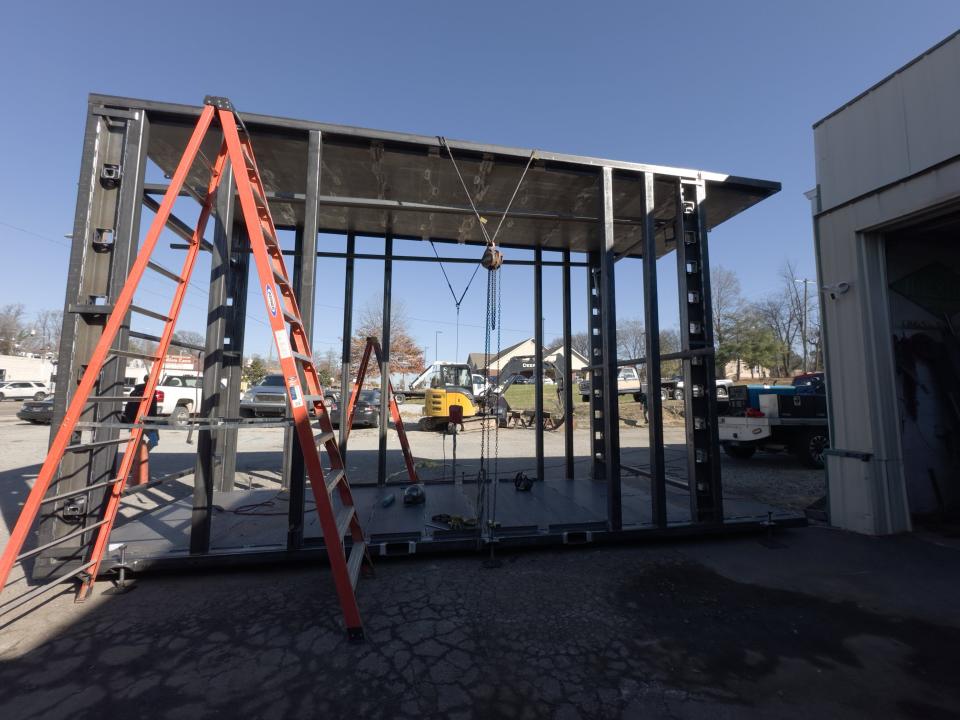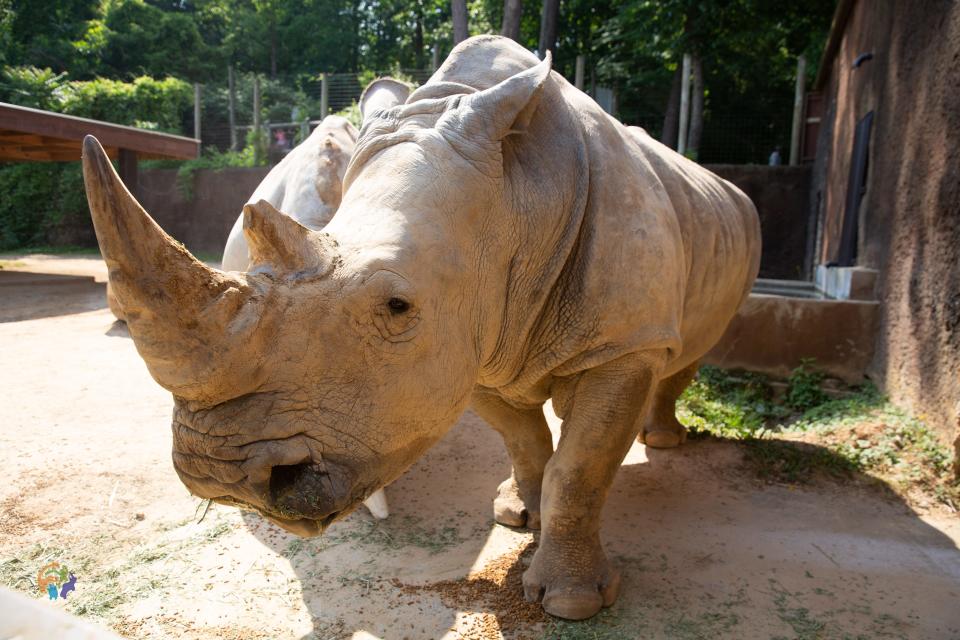Big animals at Zoo Knoxville will be moving. Meet the animal care director doing the job.
When he was 3 years old, Phil Colclough’s grandfather woke him up from a deep sleep to see nature at its finest.
The fascination he felt at that moment hasn’t worn off 49 years later.
“My grandparents lived in Marion, Virginia,” Colclough said. “My grandfather brought me onto the back porch at 2 a.m. and showed me a black rat snake climbing the wall through the chinking of the bricks.
“I was mesmerized. I couldn’t get enough of it. I watched that snake until the sun came up. Right then and there I knew what I wanted to do with my life.”
Now, he’s been doing it.

For the last 28 years, Colclough has been working at Zoo Knoxville. He came in as a “reptile guy,” but for the past 11 years he has been animal care director.
“I can’t believe I get paid for this,” he said.
Large tasks at Zoo Knoxville
Colclough will be earning his money for a while by figuring out the fate of some of the zoo’s largest residents.
His first order of business will be to get Tonka, a bull elephant that clocks in at over 10 feet tall and 18,000 pounds, adjusted to his new, custom-made, heavy-duty crate, so he can be transported over five hours to live out the remaining time in his life at an elephant sanctuary.
Once that mission is accomplished, the focus will turn to increasing the southern white rhinoceros population.

Colclough said the existing structure at the zoo could easily handle three large elephants. With all the elephants gone, there will be room for “five or six” 5,000-pound rhinos to do their thing and grow the population.
Changes to the barn area will include the addition of a mud wallow spot (rhinos love to wallow in the mud), filled in water feature and softened containment outside.
At the end of the 19th century, poaching reduced the rhino numbers to somewhere between 20 and 50. Protection has gotten the numbers back to about 18,000, with the concentration being in Africa.
Over the years, Zoo Knoxville has had 28 rhinos born. However, it’s been “at least 10 years” since a birth happened, Colclough said.
Strict genetic rules for zoo animals
One older female rhino resides at the zoo. Colclough said once the female dies, younger rhinos will be brought in and introduced to each other, hoping that the mating game will kick in.
“We have pretty strict husbandry standards,” Colclough said. “We want to genetically mimic what would happen in the wild. We keep records on everything that happens.”
Rhinos have a 16-month gestation period and breed every two or three years.

“We follow a species survival plan closely,” he said. “The captive population would mirror the wild. We keep a stud book. We keep the bloodline solvent.”
This wasn’t a decision made on the spur of the moment.
“Everything is about conservation,” Colclough said. “We just want to safely put things together and let nature take its course.”
This article originally appeared on Knoxville News Sentinel: Big animals at Zoo Knoxville moving. Phil Colclough is in charge.

